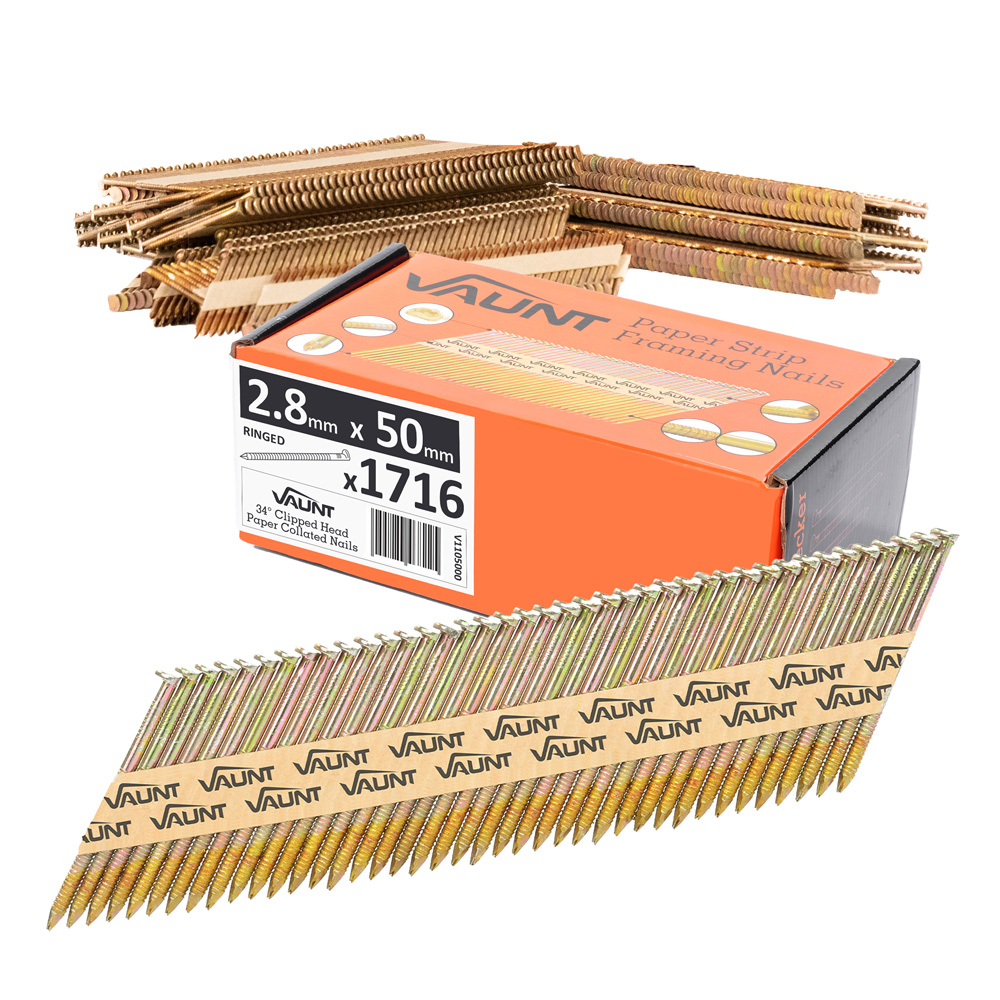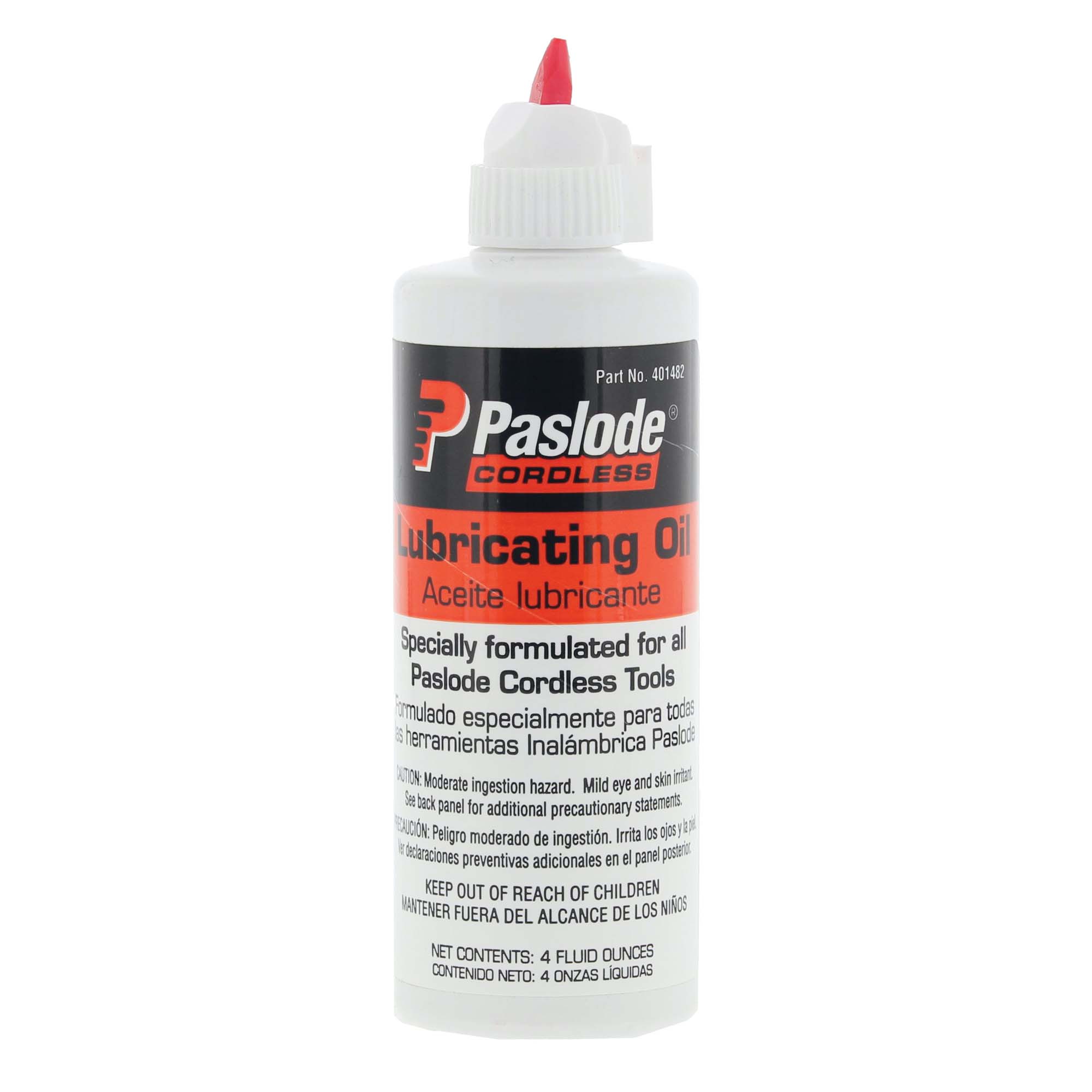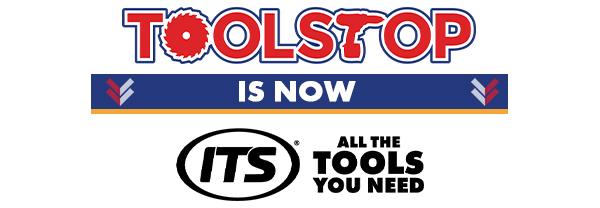Framing Nailers
Framing nailers are essential for heavy-duty construction tasks, from building frames to assembling decks. Designed for speed and power, these tools drive nails effortlessly into wood, making them perfect for contractors, DIYers, and large-scale projects.
Who Uses Framing Nailers?
Framing nailers are widely used by professionals and DIY enthusiasts for tasks requiring robust fastening. These tools are crucial for constructing sturdy frameworks, assembling large wooden structures, and completing high-volume projects efficiently.
- Contractors – Framing nailers for contractors streamline the process of framing houses, building decks, and completing large-scale wooden structures.
- Carpenters – Used for precise assembly of structural wooden components, framing nailers are indispensable for crafting frames, beams, and joists.
- DIY Enthusiasts – Homeowners use framing nailers for home improvement projects like constructing sheds, fences, or custom furniture.
Framing Nailers Are Great for Jobs Such As:
- Building House Frames – Framing nailers make attaching studs and beams fast and efficient, ensuring a strong and stable structure.
- Deck Construction – Secure wooden planks and joists for decks with minimal effort, achieving professional-quality results.
- Fencing Projects – Quickly attach fence panels and posts with framing nailers, reducing project time significantly.
- Roofing Frameworks – Assemble trusses and rafters securely, ensuring the structural integrity of roofing systems.
- Shed Assembly – Framing nailers simplify the construction of garden sheds or outdoor storage units, making them a must-have for large DIY projects.
How to Choose the Best Framing Nailer
Choosing the right framing nailer depends on your project needs, from power source to nail size compatibility. Here are the key specifications to consider:
1. Power Source
Pneumatic Nailers: Provide consistent power and are ideal for heavy-duty tasks. Require an air compressor.
Cordless Nailers: Offer mobility and ease of use, powered by batteries or gas cartridges, suitable for remote or quick projects.
2. Nail Size Compatibility
Ensure the nailer is compatible with the size of nails you need, typically ranging from 2 to 3 ½ inches for framing tasks.
3. Weight and Ergonomics
Choose a lightweight model with ergonomic handles to reduce fatigue during extended use, especially for overhead or repetitive tasks.
4. Depth Adjustment
Depth adjustment allows precise nail driving, essential for clean finishes and varied material thicknesses.
Essential Accessories for Framing Nailers
Framing nailers are highly versatile tools when paired with the right accessories, such as nails, lubricants, and safety gear. These accessories enhance functionality, durability, and user safety during heavy-duty projects.
| Accessory Type | Primary Application | Example Image |
|---|---|---|
| Framing Nails | Ideal for attaching studs, beams, and other structural components. Available in different sizes for varied framing tasks. |  |
| Lubricating Oil | Ensures smooth operation and prolongs the life of pneumatic framing nailers by reducing wear and tear. |  |
Frequently Asked Questions
What is a framing nailer used for?
Framing nailers are used for heavy-duty construction tasks like assembling wooden frames, building decks, and securing structural components.
Can a framing nailer be used for small projects?
Framing nailers are designed for large-scale tasks. For smaller projects like trim work, a brad or finish nailer would be more appropriate.
Are pneumatic nailers better than cordless?
Pneumatic nailers provide consistent power and are ideal for continuous use, while cordless nailers offer flexibility and are better for remote locations or quick jobs.
What safety precautions should I take?
Always wear safety glasses, use the nailer’s safety features like trigger locks, and ensure proper handling to avoid accidents.
What maintenance does a framing nailer need?
Regularly clean the tool, lubricate pneumatic models, and inspect the nailer for any worn parts to ensure safe and efficient operation.



